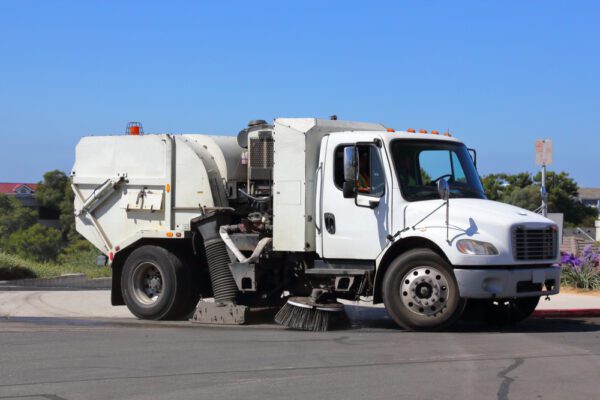HIGHLIGHTS
- OSHA implemented a program that targets establishments for inspection based on their 2016 Form 300A data.
- Establishments that had elevated injury and illnesses rates in 2016 are the program’s main targets.
- Other establishments that were subject to OSHA’s 2016 Form 300A requirements may be targeted for inspection as well.
IMPORTANT DATES
- October 16, 2018 – OSHA implemented its site-specific targeted inspection program based on 2016 data from Form 300A.
OVERVIEW
On Oct. 16, 2018, the Occupational Safety and Health Administration (OSHA) launched a “site-specific targeting” (SST) plan that uses employer-submitted data from 2016 to select non-construction worksites for inspections. The plan, known as SST-16, is one of several OSHA initiatives that direct the agency’s enforcement resources to workplaces with high injury or illness rates in order to help ensure employers observe health and safety rules.
Under the SST-16, any non-construction establishment that was subject to OSHA’s electronic reporting requirements for 2016 may be selected for inspection. However, establishments that either reported high injury rates or failed to report in 2016 are particularly likely to be chosen.
ACTION STEPS
Establishments that were subject to OSHA’s electronic reporting requirements for 2016—especially those that either failed to comply or reported high injury rates—should begin preparing for a comprehensive OSHA inspection.
Background
Starting in 1995, OSHA conducted an annual SST plan that selected establishments for inspection based on data collected through a prior initiative. After that initiative expired in 2014, OSHA implemented a new data-collection mechanism through a final rule. Issued in May 2016, the final rule requires certain establishments to use OSHA’s Injury Tracking Application (ITA) to report workplace injury and illness information every year. For 2016 data, the initial submissions were due by Dec. 15, 2017.
OSHA’s SST-16, launched on Oct. 16, 2018, now uses that first set of electronic submissions to determine which establishments will be subject to comprehensive health or safety inspections under the program.
SST-16 Inspection Lists
The SST-16 uses software to generate inspection lists for each of OSHA’s area offices. These lists include random samples of the establishments described in the table below.
| SST-16 Inspection List Selection Criteria | ||
|
Inclusion |
Description |
Additional information |
|
Establishments that had elevated days away, restricted or transferred (DART) rates* on their 2016 Forms 300A |
Different DART rates for manufacturing and nonmanufacturing are set as selection criteria to achieve 50/50 representation |
|
Establishments that had low DART rates* on their 2016 Forms 300A |
Included to verify reliability of Form 300A data for quality control purposes |
|
Establishments that failed to provide the required 2016 Form 300A data to OSHA |
Included to discourage employers from trying to avoid inspections by not reporting injury and illness information |
|
*OSHA does not define what constitutes “elevated” or “low” DART rates. |
||
In general, each OSHA area office must inspect every establishment that appears on its SST inspection lists. However, an establishment is not subject to inspection under the program and will, therefore, be deleted from any SST-16 list, if it:
- Has received a comprehensive OSHA safety or health inspection within 36 months of the SST-16 inspection list’s creation date;
- Is a public sector employer (such as a federal, state or local government); or
- Is an approved participant in OSHA’s Voluntary Protection Programs (VPP) or Safety and Health Achievement Recognition Program (SHARP).
© 2018 Zywave, Inc. All rights reserved.
Material posted on this website is for informational purposes only and does not constitute a legal opinion or medical advice. Contact your legal representative or medical professional for information specific to your legal or medical needs.



